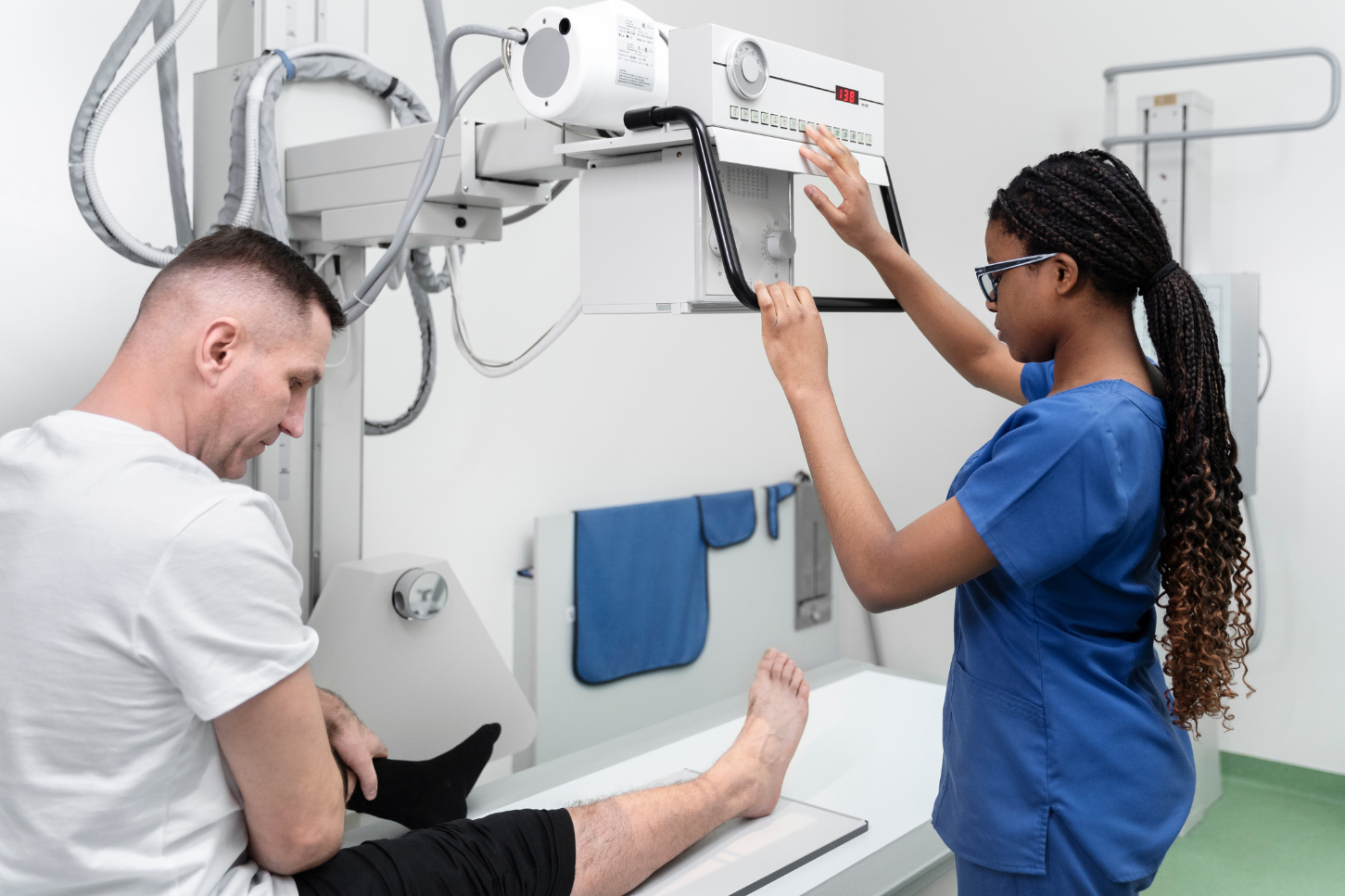
Radiology coding is a vital function within the healthcare system that ensures accurate billing and reimbursement for diagnostic imaging services. As the healthcare landscape evolves, coders face numerous challenges that can lead to pain points, affecting not only revenue cycles but also patient care. In this blog, we will explore the common pain points associated with radiology coding and provide actionable strategies to avoid them. Additionally, we will highlight the significance of Hierarchical Condition Category (HCC) coding in the context of radiology, emphasizing its role in accurate risk adjustment and reimbursement.
Radiology coding involves assigning specific codes to the services performed by radiologists, such as X-rays, MRIs, CT scans, and ultrasounds. These codes are derived from the Current Procedural Terminology (CPT) and International Classification of Diseases (ICD) systems. Accurate coding is crucial to ensure that healthcare providers are appropriately reimbursed for their services, maintain compliance with regulations, and ultimately enhance patient care.
Accurate radiology coding is essential for several reasons:
1. Reimbursement: Correct coding ensures that healthcare providers receive timely and appropriate payment for the services rendered. Errors in coding can lead to claim denials or delays, impacting a practice’s revenue.
2. Compliance: Adhering to coding guidelines and regulations established by the Centers for Medicare & Medicaid Services (CMS) is vital for compliance. Non-compliance can trigger audits and result in financial penalties.
3. Patient Care: Accurate coding directly affects patient care by ensuring that medical records reflect the services provided, which is critical for continuity of care.
Despite its importance, radiology coding is fraught with challenges. Below are some of the most common pain points encountered in this field:
Radiology coding is governed by intricate guidelines and regulations that are frequently updated. Coders often struggle to keep pace with these changes, leading to potential errors. The complexity of coding guidelines, particularly related to HCC coding, can create confusion and hinder accurate coding.
Incomplete or ambiguous clinical documentation is a significant pain point for radiology coders. When documentation does not clearly support the services billed, the likelihood of claim denials increases, resulting in lost revenue for healthcare providers.
Radiology coding requires specialized knowledge of medical terminology, imaging procedures, and coding systems. Coders lacking this expertise may find it challenging to assign the correct codes, leading to errors and compliance issues.
HCC coding is a risk adjustment model used by CMS to ensure proper reimbursement for Medicare Advantage plans. Misunderstandings surrounding HCC coding can lead to under-reporting or over-reporting of diagnoses, impacting reimbursement and compliance.
Claim denials can significantly impact a healthcare organization’s revenue cycle. Common reasons for denials include coding errors, lack of medical necessity, and insufficient documentation. High denial rates can lead to increased workload for coders and billing staff, further straining resources.
To effectively navigate the challenges of radiology coding, healthcare organizations must adopt targeted strategies to mitigate pain points. Here are some actionable steps:
To address the complexity of coding guidelines, coders must stay informed about the latest updates and changes. Here’s how to keep coding knowledge current:
Enhancing clinical documentation practices can significantly reduce errors in radiology coding. Here are strategies to improve documentation:
Providing coders with specialized training in radiology is essential to address the knowledge gap. Consider the following approaches:
To avoid misunderstandings related to HCC coding, organizations must clarify its guidelines and implications:
Radiology coding is a complex and essential component of the healthcare revenue cycle, requiring accuracy and compliance to ensure appropriate reimbursement for services rendered. By understanding the common pain points associated with radiology coding and implementing targeted strategies to address them, healthcare organizations can streamline their coding processes, enhance revenue capture, and ultimately improve patient care. Staying updated on coding guidelines, improving clinical documentation, investing in specialized training, clarifying HCC coding principles, implementing a robust denial management process, leveraging technology, and fostering a culture of continuous improvement are all critical steps in mitigating pain points in radiology coding. By taking these proactive measures, healthcare organizations can navigate the complexities of radiology coding with confidence and efficiency, ensuring they receive the reimbursement they deserve while providing high-quality care to their patients.As the healthcare industry continues to evolve, the importance of accurate and efficient radiology coding will only grow. Embracing these strategies will position healthcare organizations for success in the future, enabling them to focus on what truly matters—delivering exceptional patient care.
Our response time is within 30 minutes during business hours
USA Address
1007 N Orange St. 4th Floor Ste. 1382 Wilmington,
New Castle, DE- 19801
India Address
No 11, Ground Floor, Tek Tower, OMR, Thoraipakkam,
Chennai, TN- 600097
+1 (302) 353-1211
contact@encipherhealth.com